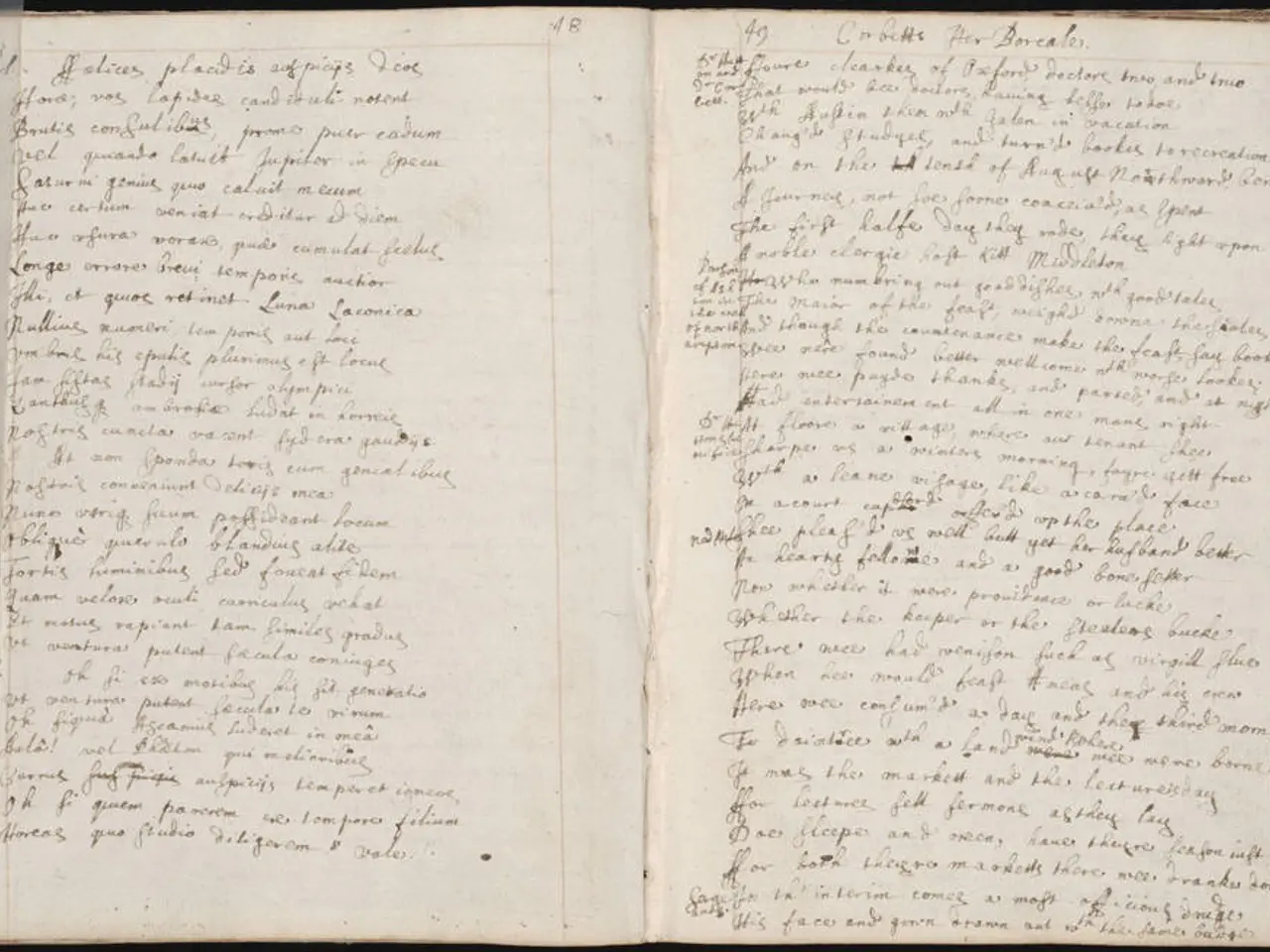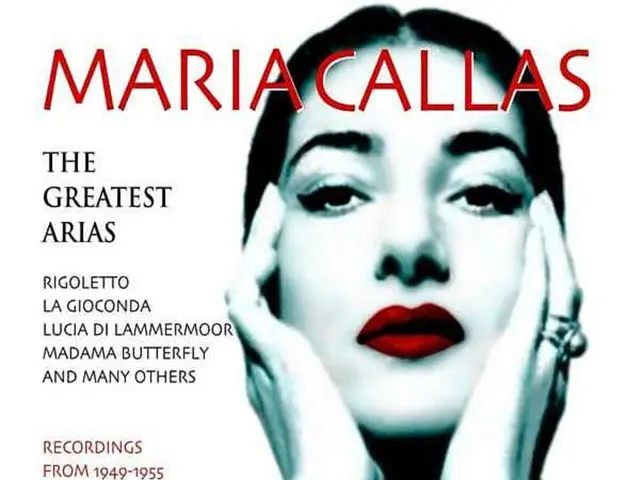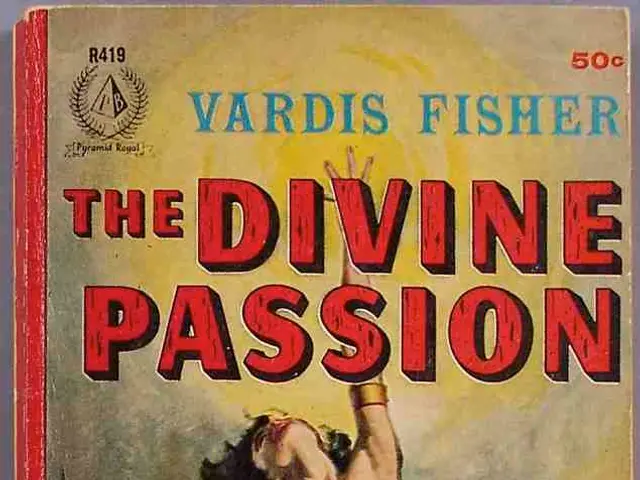Exploring the Purpose of Prologues and Afterwords: Are They Significant?
In the world of literature, the debate about whether authors should supply context or let it emerge as the story unfolds is a long-standing one. This debate, however, doesn't deter some authors from employing tools like prologues and epilogues to enrich their narratives.
Helena Fairfax, a renowned author of several award-shortlisted contemporary romances, is one such author who has utilised these sections effectively in her works. For instance, in her novel "The Silk Romance," Fairfax wrote an epilogue to address loose threads in the story and provide a satisfying conclusion for the readers. The epilogue includes scenes with the heroine's family and best friend, offering a glimpse into their lives post the main story.
Similarly, in "A Way from Heart to Heart," Fairfax used a prologue to generate sympathy for the characters and set up the novel's premise. The Prologue describes the heroine's husband's death in Afghanistan five years before the actual story begins, providing essential background information that doesn't fit naturally into the main narrative.
A prologue is typically an opening to a story that establishes context and provides background details. It can also serve to tie in an earlier story with the main one and offer miscellaneous information. The Prologue in "A Way from Heart to Heart" is a prime example of this, as it sets the tone for the novel and immerses readers in the characters' lives before the main story begins.
On the other hand, an epilogue is fitting when an author aims to provide closure by showing what happens to characters after the main story ends. In "A Way from Heart to Heart," the epilogue is used to show the hero and heroine living their happily ever after. This use of an epilogue not only provides closure but also reinforces the themes of love and resilience that run throughout the novel.
Fairfax believes that writers should write the story the way they think is best, even if it means breaking so-called rules. She was touched when a reader specifically emailed to say they loved the epilogue in "The Silk Romance," demonstrating the power these sections can have in engaging readers and providing a satisfying conclusion to the story.
It is essential for authors to use prologues and epilogues strategically, ensuring they serve clear, storytelling purposes rather than acting as filler. While both sections can be useful, they should be used thoughtfully and only when necessary to avoid harming the story.
Fairfax's first novel was written through the UK's Romantic Novelists' Association New Writers' Scheme, marking the beginning of her successful career in literature. Today, her works continue to captivate readers with their rich storytelling and thoughtful use of prologues and epilogues.
[1] Prologues and Epilogues in Fiction, Literary Devices, https://www.literarydevices.net/prologues-and-epilogues/ [2] The Purpose of Epilogues in Novels, The Balance, https://www.thebalance.com/what-is-an-epilogue-2897331 [3] Prologues and Epilogues: What They Are and When to Use Them, Writer's Digest, https://www.writersdigest.com/writing-fiction/prologues-and-epilogues-what-they-are-and-when-to-use-them [4] The Use and Abuse of Prologues and Epilogues, The New Yorker, https://www.newyorker.com/books/page-turner/the-use-and-abuse-of-prologues-and-epilogues [5] Prologues and Epilogues: What They Are and How to Use Them, Masterclass, https://www.masterclass.com/articles/prologues-and-epilogues-what-they-are-and-how-to-use-them#what-is-a-prologue
Read also:
- "Primal instincts at play: Subnautica 2 designer notes our affinity for weapon-making stems from a fundamental desire for protection and sustenance"
- Dragon Age series might find a promising future with remasters, according to ex-BioWare producer Mark Darrah, but it seems unlikely that EA and BioWare possess the capability for such undertakings at present.
- In Verdansk, the dominance of automated systems in Warzone is causing an integration with Stalker, leading to a blurring of lines in the user's mind.
- Despite the significant success of Clair Obscur: Expedition 33, its director asserts that traditional prejudice towards turn-based RPGs persists, with real-time action games generally receiving smoother acceptance.








